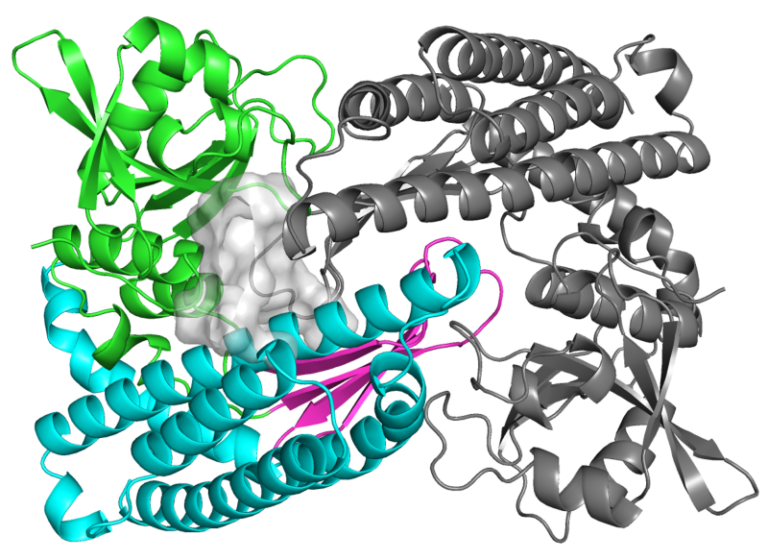The development of new antibiotics, particularly those effective against resistant bacteria, is one of the global health challenges of our time. Workers at the Institute of Microbiology of the CAS, in international collaboration with the University of Tokyo, have now solved the structure of a key condensing (coupling) enzyme used for antibiotic biosynthesis and elucidated at the molecular level how it works. The joint results are so unique and significant that they were published in the June issue of Nature Catalysis, the world’s leading journal in the broader field.
Molecular basis for carrier protein-dependent amide bond formation in the biosynthesis of lincosamide antibiotics
- Takahiro Mori,
- Stanislav Kadlcik,
- Shuang Lyu,
- Zdenek Kamenik,
- Kosuke Sakurada,
- Aninda Mazumdar,
- Huibin Wang,
- Jiri Janata & Ikuro Abe
Related press:
- https://www.novinky.cz/clanek/veda-skoly-vyzkumnici-popsali-podivny-protein-pomuze-proti-odolnym-bakteriim-40438820
- https://vedavyzkum.cz/z-domova/z-domova/podivny-protein-pomuze-pripravit-antibiotika-ucinna-proti-rezistentnim-bakteriim
Original report:
- https://www.avcr.cz/cs/pro-media/tiskove-zpravy/Podivny-protein-pomuze-pripravit-antibiotika-ucinna-proti-rezistentnim-bakteriim/
- https://www.avcr.cz/cs/veda-a-vyzkum/biologie-a-lekarske-vedy/Enzym-ptakopysk-pomuze-s-vyvojem-novych-ucinnejsich-antibiotik/
- https://sciencemag.cz/podivny-protein-pomuze-pripravit-antibiotika-ucinna-proti-rezistentnim-bakteriim/

